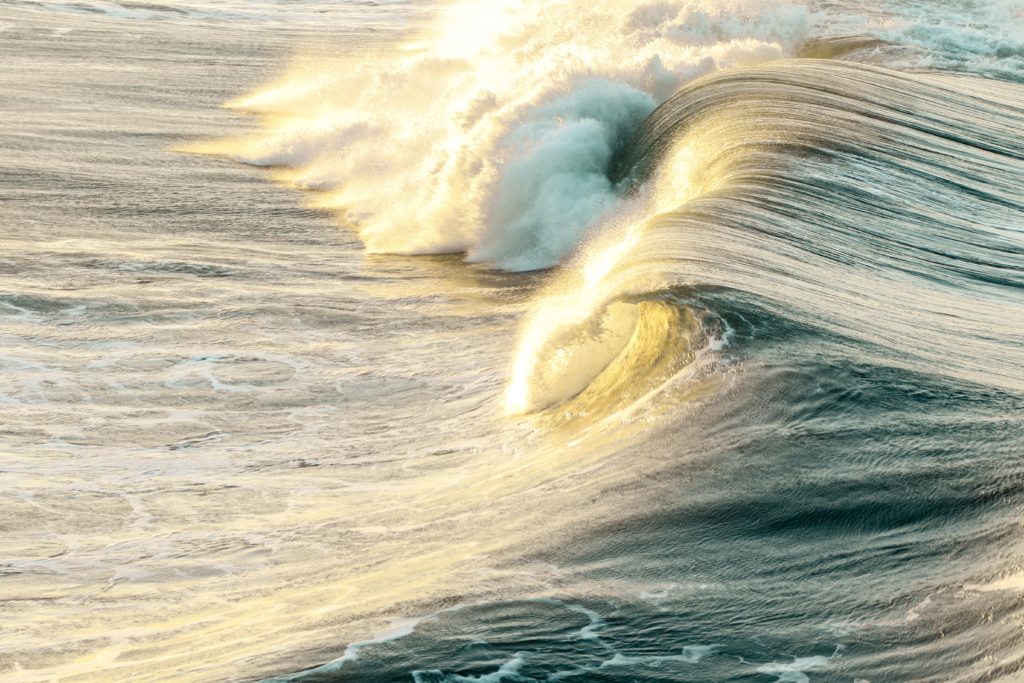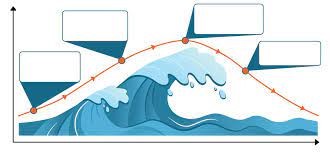

While it certainly sounds like the name of a cool new band or extreme sport, urge surfing is actually an effective method for people in recovery to keep tucked into their sobriety toolbox. It’s a coping mechanism for controlling cravings and impulses, particularly early on in treatment, but also for those with years under their sobriety belt who may be faced with new, unforeseen triggers or challenging life events.
The therapeutic practice is deployed when wanting to manage and avert unwanted behaviors safely. So, instead of giving in to an unhealthy craving, the intense urges must be ridden like a surfer on a rip-curling wave in the ocean. This method doesn’t work the same for everybody, and the time it takes to override the negative urges can vary. Still, it’s highly effective in reducing cravings to relapse and can help people feel they have greater control of themselves and their addiction.
Riding the Wave
Urge surfing usually follows a general timeline; however, the length of these phases will depend on each person. The most important part is recognizing the right time to act and using the method before the cravings become unmanageable.

Trigger: The initial phase starts with being exposed to triggering stimuli, whether it’s a person, place, thing, or smell—basically, any sensory experience that is associated with previous substance use.
Rise: This phase varies for everyone; the increase in craving intensity can be immediate or gradual, spanning the course of days, weeks, or even months!
Peak: When the intensity of cravings becomes so all-encompassing, a person can think of nothing else, and the feeling will never subside.
Fall: Slowly but surely, the intensity of cravings begins to diminish and gradually fade away
Urge Surfing Practice
It’s difficult to come to terms with cravings in early recovery, and facing them can feel hopeless at times, but methods like urge surfing can provide relief. Especially for people who have previously gone to great lengths to hide or deny their struggles with addiction, going through the urge surf steps can feel almost liberating, and cravings feel less important as a result.
Remember to breathe. Like meditation, urge surfing requires focusing on breathing but not so much controlling breaths. Awareness of the body’s breathing and the inhalation and exhalation of air can be useful grounding technique that helps with anxiety.
Focus on thoughts. When urges come about, focusing thoughts away from the cravings is essential for the brain to remain in a positive space. Sometimes simply following the body’s breaths is enough to bring the mind back into a centered state.
Acknowledge the urges. In early recovery, everyone wants to do their best and prove they’re committed to their treatment program so that cravings can feel like a disappointment or failure. They’re certainly not. In fact, urges to use are expected, which is why substance use counselors play a critical role in any effective, evidence-based treatment method. Speaking to a mentor or recovery coach about the emergence of cravings can be the single most crucial step in stopping them from leading to relapse.
Middlesex Recovery offers addiction treatment using medication-assisted treatment in a professional and private outpatient medical office. With flexible scheduling and specialized medical providers, nursing staff, and substance use counselors, thousands of patients are finding long-lasting recovery from substance use disorder through Middlesex Recovery. To learn more about the intake process and programs available, message or call the nearest location today.